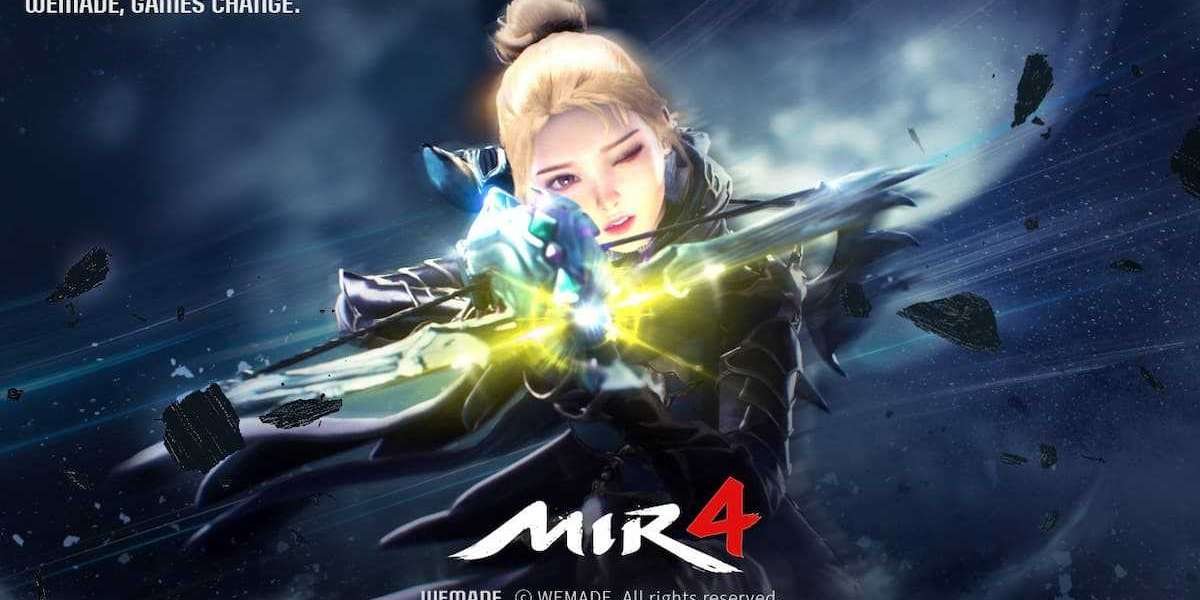Fashion is an ever-evolving journey, charting the course of human expression through clothing and style. From the dawn of civilization to the present day, it has served as a dynamic reflection of societal values, cultural shifts, and individual identity. Join us as we embark on a voyage through the annals of fashion history, tracing the currents of trends across epochs and continents.
Ancient Origins: Threads of Tradition and Ritual
In the ancient world, clothing was more than mere fabric; it was woven with threads of tradition, symbolism, and ritual. In civilizations like Mesopotamia and Egypt, garments were crafted from natural fibers and adorned with intricate patterns, reflecting social status, religious beliefs, and cultural identity. Fashion in antiquity was a tapestry of draped elegance and embellished opulence, where attire spoke volumes about one's place in society and connection to the divine.
Classical Elegance: Harmony of Form and Function
The classical era of Greece and Rome epitomized a harmonious blend of form and function in fashion. Greek attire, such as the chiton and peplos, draped effortlessly to accentuate the human form, embodying ideals of beauty and proportion. In Rome, the toga became a symbol of citizenship and authority, its intricate folds signifying status and dignity. Classical fashion celebrated the grace of simplicity, where garments became canvases for sculpting elegance and timeless refinement.
Medieval Majesty: Garments of Status and Story
The medieval period ushered in an era of garments steeped in status and story. Feudal societies across Europe saw clothing as a badge of honor, with sumptuous fabrics and lavish embellishments reserved for the aristocracy. Layers of silk, velvet, and brocade spoke volumes of lineage and wealth, while intricate embroidery and jewels narrated tales of chivalry and courtly romance. Medieval fashion was a tableau of hierarchy and heraldry, where attire became a visual testament to power and prestige.
Renaissance Rebirth: Artistry in Adornment
The Renaissance heralded a rebirth of artistry in fashion, where clothing became a canvas for creative expression and cultural revival. In the vibrant cities of Italy, sumptuous textiles and opulent ornamentation adorned the elite, reflecting newfound prosperity and patronage of the arts. Tailoring flourished, giving rise to silhouettes that celebrated the human form with precision and panache. Renaissance fashion was a symphony of color and craftsmanship, where each garment told a tale of opulence and elegance.
Industrial Revolution: The Era of Mass Appeal
The Industrial Revolution revolutionized fashion, propelling it into the age of mass production and mass appeal. Factories replaced handcrafted techniques, ushering in an era of ready-to-wear clothing that catered to the burgeoning middle class. Textile innovations and mechanized processes democratized fashion, making trends accessible to a wider audience than ever before. The rise of department stores and mail-order catalogs transformed shopping habits, turning fashion into a commodity of convenience and choice.
20th Century: Waves of Innovation and Rebellion
The 20th century saw fashion evolve through waves of innovation and rebellion, mirroring the tumultuous tides of societal change. From the flappers of the Roaring Twenties to the counterculture revolution of the 1960s, each decade brought its own sartorial statement. Haute couture houses set the stage for luxury and glamour, while street fashion gave voice to the voiceless and challenged conventional norms. The century was a melting pot of styles and subcultures, where fashion became a battleground for identity and ideology.
21st Century: Digital Age of Diversity
In the digital age, fashion has transcended boundaries, embracing diversity and democratization on a global scale. Social media platforms have democratized style, empowering individuals to curate their own narratives and challenge traditional beauty standards. Sustainable fashion has emerged as a rallying cry for environmental consciousness, with designers pioneering eco-friendly materials and ethical practices. Technology has ushered in a new era of innovation, from 3D printing to virtual fashion shows, blurring the lines between reality and fantasy.
Conclusion: Fashion's Everlasting Odyssey
Fashion is a voyage that spans continents and centuries, weaving together the threads of tradition, innovation, and individuality. From ancient rituals to modern revolutions, it continues to evolve, reflecting the ever-changing currents of human expression and aspiration. As we navigate the seas of style, let us celebrate the diversity and dynamism of fashion, for it is a timeless odyssey that connects us all across time and tide.
Visit: https://obeyclothingshop.com/








